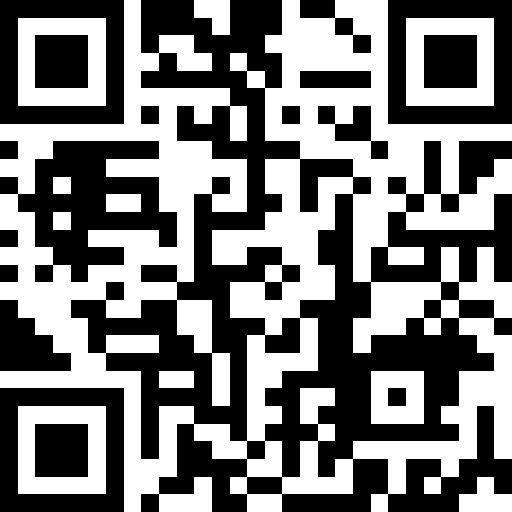Title Page
-
Site conducted
-
Conducted on
-
Prepared by
-
Location
Components of a good discrete trial
Discriminative stimulus: A stimulus which signals that a particular response will be reinforced. This referred to the instruction that begins the chain of events
-
Was the client attending during the SD?
-
Did you vary your SD to generalize?
Reinforcement: A stimulus which strengthens a response it follows, such that the response is more likely to occur again in the future A reinforcer may be any object or action. Praise (“great job matching”) or other verbal feedback (“that’s right”) Primary (food, drink) Tangible (a toy to play with) Social/physical (release of a swing when swinging, taking a turn shooting a basketball) An activity or game (taking a turn for correct performance) Tokens to be exchanged for an activity or food later (be sure to use differential reinforcement) Negative reinforcement:
-
RBT completed a preference assessment?
-
Was the reinforcer delivered rapidly?
-
Was the reinforcement period 1 minute or less?
-
Did your reinforcer increase the responding?
-
Did you vary your reinforcers?
-
Was your reinforcer related to your task?
-
Was the verbal reinforcer sincere or motivating?
-
Did you use differential reinforcement? (not to be confused with different reinforcers exclusively)
-
RBT maintained control of the reinforcers?
-
Was the reinforcement schedule appropriate for the learner?
-
RBT paired behavior-specific praise with tangible reinforcers?
-
Reinforcers were delivered contingent upon correct responses, attending, and lack of inappropriate behavior?
Prompting: Prompts may be physical, modeled, gestural, verbal or the use of error correction. Prompts should be effective and faded. Any trial that requires a prompt should be repeated until either less prompts are needed OR they are able to
-
Were the prompts you used effective?
-
Were you able to increase independent performance or less prompt on follow up trial?
-
Were the prompts free from errors?
-
Did you follow through and follow up?
-
Was errorless correction used?
Organization: Organization refers to the preparation of the therapist in terms of knowing what they are supposed to be teaching and having all necessary materials accessible and arranged properly to facilitate the session running smoothly.
-
Do you have a clear plan?
-
Do you understand the teaching goals?
-
Are all materials accessible and ready to use to increase pacing of instruction?
Pacing: Pacing refers to the speed at which trials are presented and to the rate at which the child is exposed to learning opportunities, Generally, good instruction will move quickly in order to maximize opportunities for responding, reinforcement and learning.
-
How long was the intertrial period (should be 1 min or less)
-
Do you understand the teaching goals? Were they implemented correctly?
-
Are all materials accessible and ready to use to increase pacing of instruction?
Teaching Level
-
Is the level of instruction suitable for the task – use of correct sentence structure?
-
Was there evidence of skill acquisition?
Instructional Control
-
Was the child on task following your requests?
-
RBT establishes attention before placing instructional demand?
-
Instructions are clear and concise?
-
Did you maintain the child’s attention and did the child remain focused throughout the instruction?
-
Tone of voice is neutral?
-
Sd presented only 1 time before either a response or prompt? (No repeated Sds)?
-
RBT maintains appropriate pace of instruction (inter-trial intervals no more than 3 seconds)?
Generalization
-
Were you able to generalize using various teaching materials?
-
Did you mix the tasks requested?
-
Did you engage in any teaching strategies away from the table?
-
Were you able to embed natural activities during instruction?
-
Was there evidence of response generalization?
-
Were you flexible in your teaching strategies?
Problem Behavior
-
Were the correct techniques used to address problem behavior? (RIRD, planned ignoring, correction, overcorrection, etc.)
-
What was the antecedent to the problem behavior?
-
Was differential reinforcement of other, alternative or incompatible behavior used?
-
Was an antecedent intervention or other prevention strategies used?
-
Provides positive reinforcement for an appropriate behavior following behavior intervention?
-
Maintains composure during procedures?
Data Collection/ Program Management
-
Begins and ends session with pairing
-
Session notes are objective, clear, and complete
-
All supervisory recommendations are being followed/implemented
-
Reinforcers, data sheets, materials ready and easily accessible?
Ethics
-
RBT displayed integrity
-
RBT responded positively to feedback
-
RBT documented work and maintained confidentiality?
-
Avoided harmful reinforcers?
Review
-
undefined
-
Select date
-
Add signature






